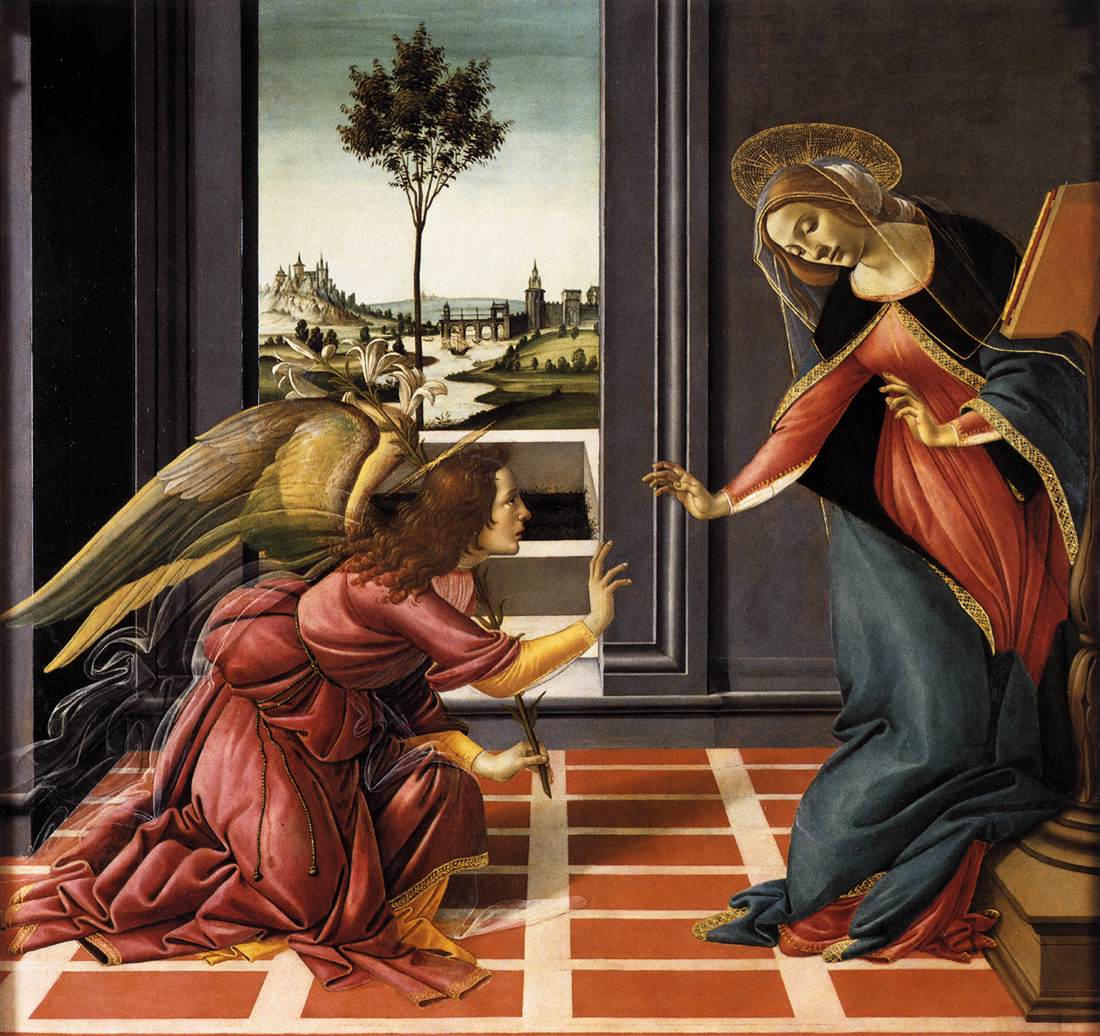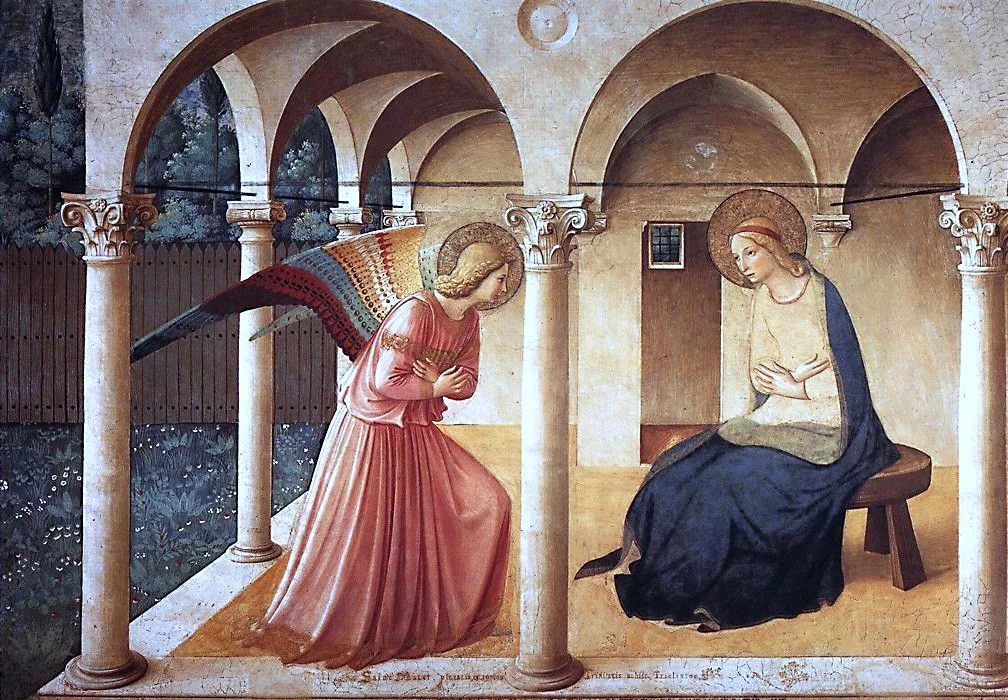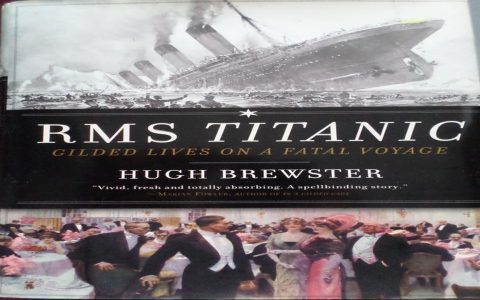So, I’ve been diving into art a bit more lately, just for kicks, you know? And the other day, I sort of fell down a rabbit hole looking at famous paintings of the Annunciation. It wasn’t something I planned, it just kind of happened. I think I saw one in a documentary or something, and it just stuck with me. I thought, "Huh, that's a specific moment, I wonder how many artists tackled that."
First thing I did, obviously, was just a broad search. "Famous Annunciation paintings." And wow, the sheer number of them that popped up was a bit overwhelming. I initially thought, "Okay, angel, Mary, some divine light, pretty straightforward." But the more I clicked, the more I realized how different each artist’s take was. It wasn't just a copy-paste job across centuries.
My First Stops
I remember the first few that really grabbed me. Leonardo da Vinci’s version, for example. I spent a good chunk of time just zooming in on the details. The angel Gabriel’s wings looked so realistic, and the garden setting was lush. Mary looked so serene, almost like she was expecting him. It felt very… composed, very Renaissance, if you know what I mean. Everything perfectly balanced.

Then I came across Fra Angelico’s Annunciations. He did a few, I think. The one at the Convent of San Marco in Florence, that one felt completely different. Much simpler, more humble, almost like a quiet prayer itself. The colors were softer, and there was this intense spiritual feeling to it. It made me realize how much the artist's own faith or perspective could shape the scene. I started to think, okay, this isn't just about technical skill; it's about conveying a feeling.
Noticing the Details
As I went further, I started noticing recurring symbols, which was pretty cool.
- The Lily: Almost always there, usually held by Gabriel or in a vase. I had to look that up, and yeah, it represents Mary's purity. Makes sense.
- The Book: Mary is often shown reading a book, usually the Bible, symbolizing her devotion and the prophecy being fulfilled.
- The Dove: Representing the Holy Spirit, often shown descending in a beam of light.
It became like a little game, spotting these elements and seeing how different artists incorporated them. Sometimes they were front and center, other times more subtle.
Different Styles, Different Eras
Then I stumbled upon Sandro Botticelli's "Cestello Annunciation." Whoa! That one was dynamic. Mary isn't just calmly accepting; she’s recoiling a bit, almost in graceful shock. Gabriel is leaning in. There's a lot of movement. It felt more emotional, more human in its reaction than some of the earlier, more iconic versions I'd seen. I found myself really liking that raw emotion.
I also looked at some earlier stuff, like Simone Martini and Lippo Memmi’s Annunciation. That gold background, the Gothic style, it’s so distinct. Gabriel is just arriving, his cloak still looks like it's flowing from his flight. And Mary is pulling away, looking very regal but also a bit hesitant. The words "Ave Maria, gratia plena" are even written in gold coming from Gabriel's mouth towards her. That was a neat touch I hadn't seen as literally depicted elsewhere.

And you can’t forget the Northern Renaissance guys, like Jan van Eyck. His Annunciation in the Washington National Gallery of Art is just packed with insane detail and symbolism. Everything in the room, from the windows to the floor tiles, probably means something. It’s almost like a visual puzzle. I spent ages just looking at the textures of the fabrics and the light coming through the window. That’s a whole different level of meticulous work.
What I Took Away
Honestly, I started this just out of idle curiosity, but it ended up being a fascinating little journey. It’s amazing how one single biblical scene can be interpreted in so many varied and beautiful ways across different time periods and by different artists. Each one tells you a bit about the artist, the era they lived in, and the prevailing religious or artistic ideas of the time.
I didn't become an expert or anything, but I definitely look at these kinds of paintings with a new appreciation now. It's not just "an angel and a lady" anymore. There's a whole story there, and layers of meaning, and a ton of artistic skill. It's been a good way to spend a few evenings, just exploring and learning something new. Definitely makes me want to explore other common themes in art too.










